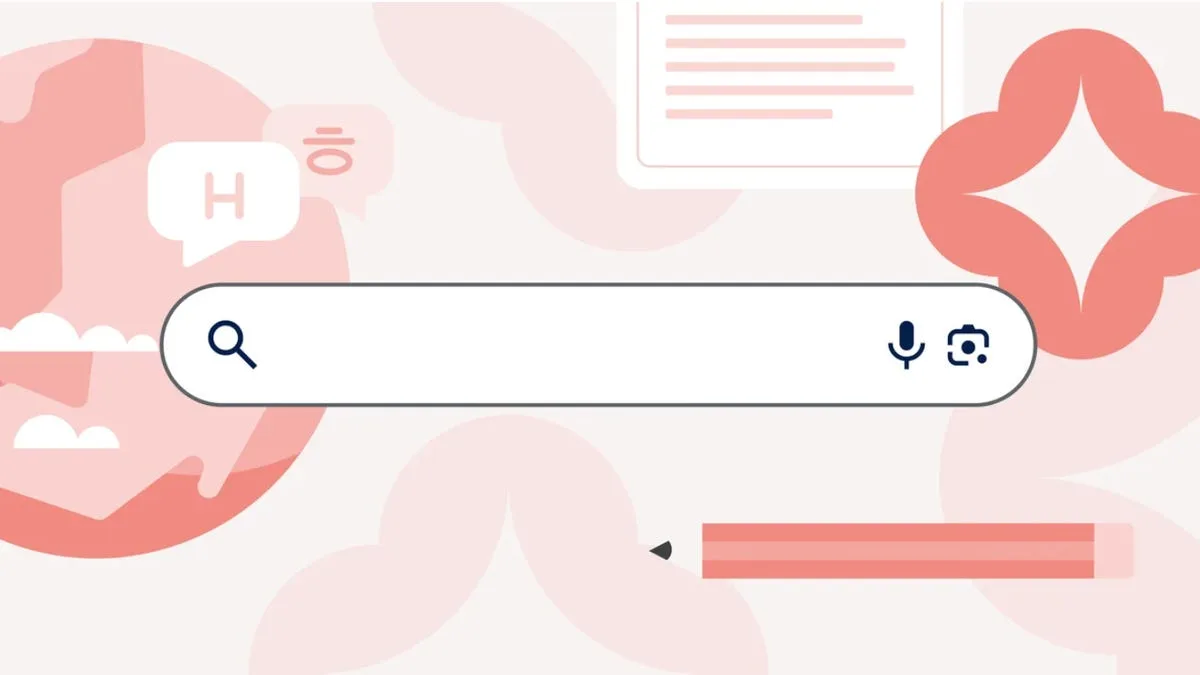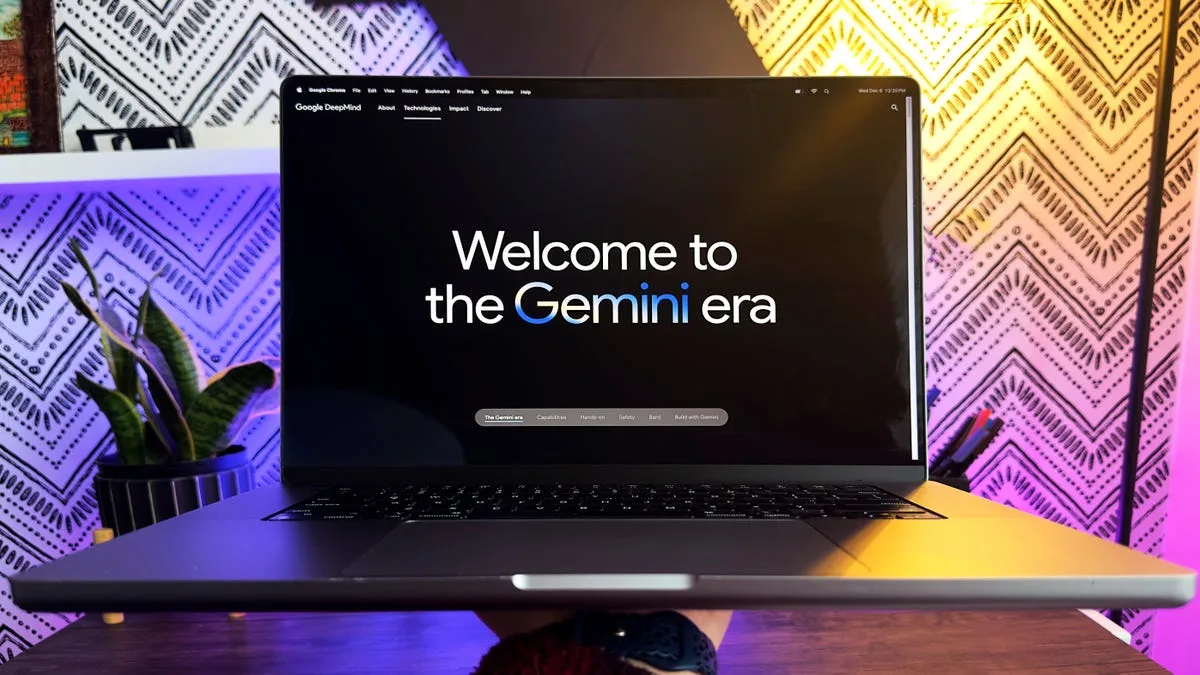OpenAI Transitions to GPT-4o: Important Changes Ahead
Microsoft-backed OpenAI has announced significant changes to its ChatGPT platform. In a recent update, the company revealed that it will remove its GPT-4 model from ChatGPT by April 30, transitioning fully to the new GPT-4o model.
Transitioning Complete: GPT-4o Becomes Default
Effective April 30, the existing GPT-4 will be completely replaced by GPT-4o, marking a new era for ChatGPT users. The company confirmed that while GPT-4 will be retired from public interaction, it will still be accessible for developers through OpenAI’s application programming interface (API).
Performance Enhancements with GPT-4o
OpenAI claims that GPT-4o significantly outperforms its predecessor across various tasks. In head-to-head evaluations, GPT-4o consistently surpasses GPT-4 in writing, coding, STEM applications, and more. OpenAI’s recent upgrades have further enhanced GPT-4o’s abilities in instruction following, problem-solving, and conversational flow, solidifying its position as the natural successor to GPT-4.
The Origins of GPT-4
GPT-4 was introduced in March 2023 and was the first widely deployed OpenAI model with multimodal capabilities, capable of processing both text and images. This versatile model powered ChatGPT and Microsoft’s AI assistant, Copilot. OpenAI CEO Sam Altman has previously stated that the training of GPT-4 incurred costs exceeding $100 million.
Copyright Controversies Surrounding GPT-4
The rollout of GPT-4 has not been without controversy. It is currently entangled in several copyright lawsuits, including one from The New York Times. The publishers allege that OpenAI used their content to train GPT-4 without permission. OpenAI, however, has denied any wrongdoing, arguing that its use of publicly available data is protected under the fair use doctrine.
Introducing Memory Feature in ChatGPT
In addition to transitioning to GPT-4o, OpenAI has also rolled out an exciting new memory feature in ChatGPT. This enhancement enables the chatbot to reference previous user conversations, making its responses more personalized and context-aware.
Enhanced Memory Capabilities
OpenAI has made significant improvements to memory functionality in ChatGPT, allowing the system to draw upon all past conversations with users. This change aims to enhance the overall user experience by providing more relevant and tailored responses.
Public Response and Future Expectations
The company’s commitment to innovation and user experience is evident in its ongoing development work. As users adapt to these changes, many are eager to see how GPT-4o will enhance their interactions with the AI.
Conclusion: What’s Next for OpenAI?
As OpenAI moves forward, the removal of GPT-4 and the adoption of GPT-4o signifies the company’s investment in creating advanced AI technologies. With improved performance and new features like memory, the future looks promising for both developers and end-users alike.
FAQs
1. What will happen to GPT-4 after April 30?
GPT-4 will be fully replaced by GPT-4o in ChatGPT but will remain accessible to developers through OpenAI’s API.
2. How does GPT-4o compare to GPT-4 in performance?
GPT-4o has demonstrated superior performance over GPT-4 in various tasks, including writing, coding, and problem-solving.
3. What controversies surround GPT-4?
GPT-4 is facing copyright lawsuits from publishers like The New York Times, who allege that their content was used without permission for training the model.
4. What is the new memory feature in ChatGPT?
The memory feature allows ChatGPT to reference and recall past user conversations, enhancing the personalization of its responses.
5. How much did it cost to train GPT-4?
According to Sam Altman, the training of GPT-4 cost more than $100 million.







